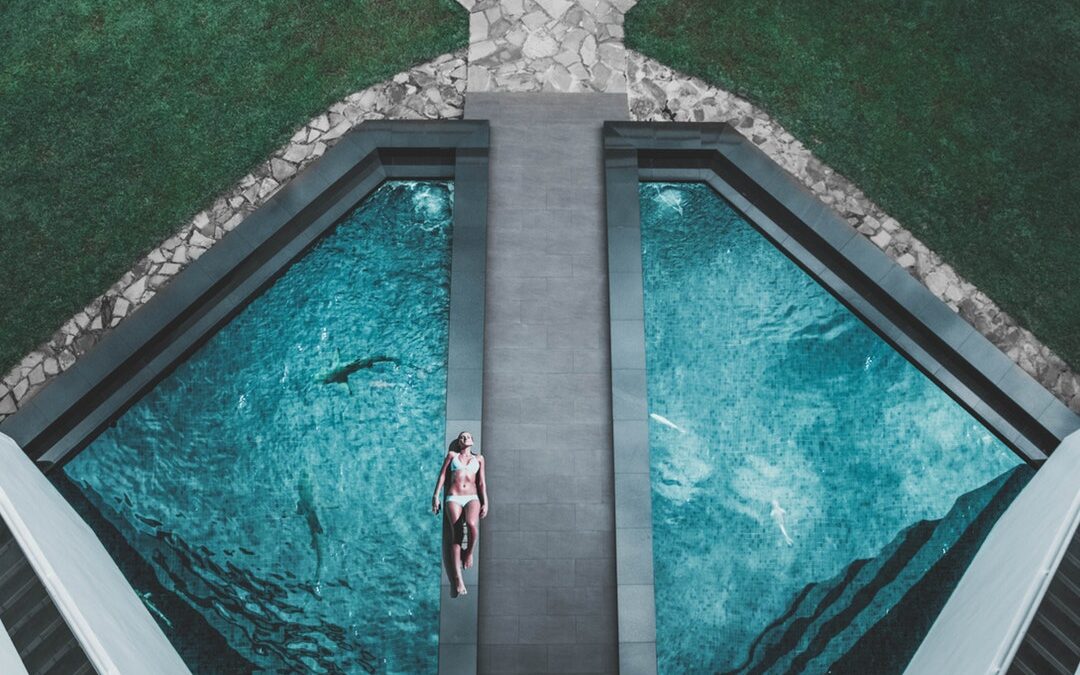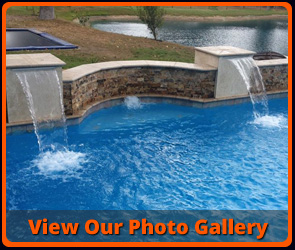Did you know that home improvement spending crept up by 3%? If you’re hoping to improve your property, you might be looking beyond the usual new roof or furnace. A custom pool can add value to your home and provide a built-in sanctuary in your backyard.
But when you’re checking out options to create a new pool or remodel one that’s aging, it’s hard to know where to begin. Read on to learn what you need to keep in mind with custom pool design!
How Will You Use a Pool?
To get started with planning, determine the primary use for your pool. Are you planning to exercise, or will your pool be a place where you decompress? And do you have kids who plan to splash around in it?
When you know the intended use, you can determine whether a lap pool or plunge pool makes more sense. The scale of your backyard may help inform your choice, too!
Another one of the first steps with custom pool designs is to find the right spot for your pool. You’ll need to ensure that your future pool doesn’t encroach on a property line or violate zoning regulations. And you’ll want enough space for landscaping and any other features you want to include.
Determine the Right Size and Shape
Your budget may help determine the scale of your pool, and your property size will, as well. Spend time evaluating what size and shape of pool will look best in your space.
You can go with a boxy, rectangular pool for a clean aesthetic. Alternatively, you can go with a more organic shape or a classic kidney-shaped pool design. For instance, some people may want their pool to be shaped like the sun or a particular flower.
Choosing a pool material such as gunite ensures that you can achieve nearly any shape. But fiberglass, which can be installed as a preformed shell, will limit your shape options.
Ultimately, if you’re investing in any type of pool, you’ll want to keep it in good condition. Professional pool maintenance can help you keep your tiles in good shape, stabilize pool chemicals, and replace filters.
Investigate Different Materials
In the pool planning process, there’s not a single right approach when it comes to materials. A lot of your decision-making will boil down to your budget and preference regarding the pool shape.
If you’re hoping for a larger pool, you may be able to trim costs by going with vinyl. You can dress up vinyl with custom pool liners to achieve the style you want. And you should be able to keep this pool for around two decades before deterioration takes a toll.
Fiberglass pools are less prone to puncturing than vinyl pools. You won’t need to do much to maintain them, nor will you need to replace liners. For an upgrade over vinyl, fiberglass makes sense.
Concrete sealed in plaster remains one of the most durable approaches to building a pool. You can expect to pay more for this type of pool, and you’ll have to look out for cracks over time. Thick beams at the base of the pool will help reinforce it, however, and these pools can last over a half-century!
Look into Extra Features
If you’re planning to create a backyard sanctuary, including a pool, don’t overlook the rest of the space. In other words, plan on adding some bonus features to make your pool even better.
Consider adding water features such as waterfalls, deck jets, or fountains. These can add both an inviting ambiance and another place to cool off when the weather gets hot. Or you could create an infinity edge on your pool for a contemporary style that showcases a stunning view.
Other features to consider adding include a rock wall, pergola, or even an outdoor kitchen. Include some vegetation, like privacy bushes or exotic plantings, around the perimeter of your pool area. And adding pool lights means you can enjoy your pool after the sun sets.
As you investigate custom backyard pool designs, look at decking options that will surround your pool, too. You can stick with standard concrete, but you can upgrade to unique textures and colors. Stamped concrete or concrete pavers are an easy way to elevate your look and mimic the appearance of stone.
You also could go with wood or cobblestone to add warmth to the area. Alternatively, you can achieve a more modern appearance with slate or a natural stone.
Find the Right Time to Build
Once you’ve mapped out your custom pool design, you’ll need to think about timing. If you’re hoping to be lounging by the pool in the middle of July, it’s unrealistic to start planning in June or even May. Do your planning over the winter so installation can happen in the spring.
You may be able to score some better deals by installing at an off time. Since the spring season is in high demand, you might want to back up your installation date. You can avoid dealing with rain delays, too.
And make sure you have all of your customization choices in writing. Work with your installation team to map out the timeline, too, so your pool can be ready for summer fun!
Explore Custom Pool Design Options
When you’re looking into custom pool design possibilities, start by determining where your pool should go and what shape it should be. Then choose materials and features that will create the right pool for your needs.
Ready to explore the best custom pool design ideas? Contact us and we can help!




